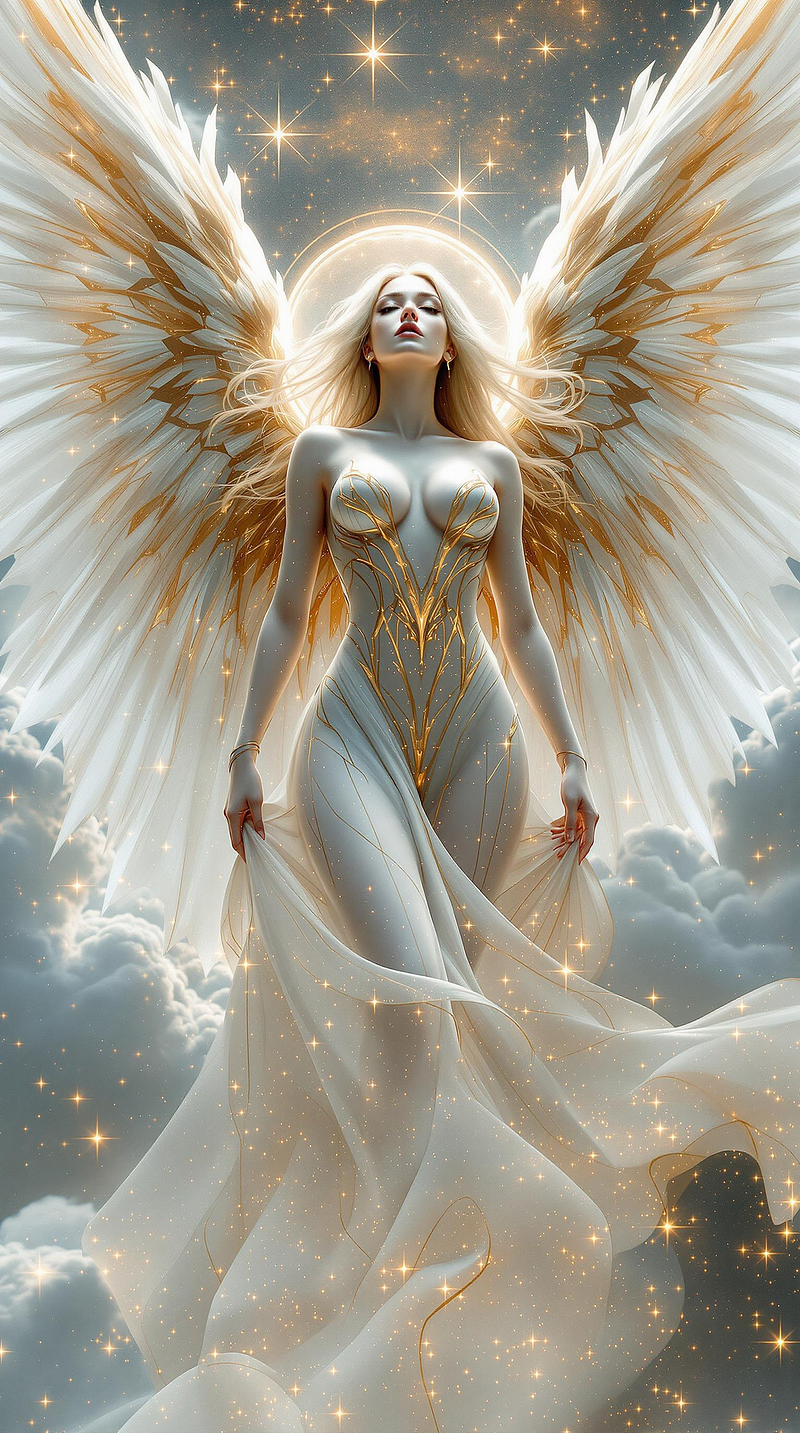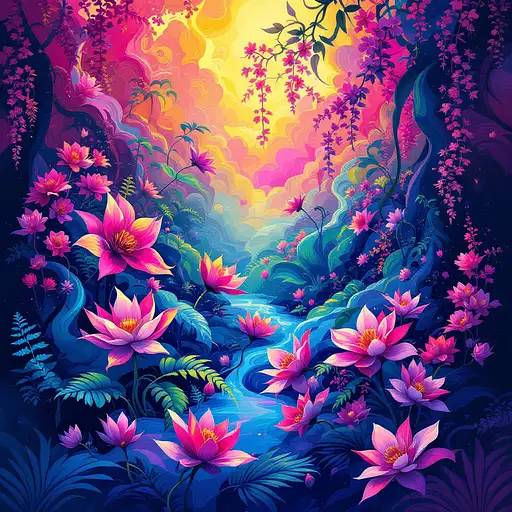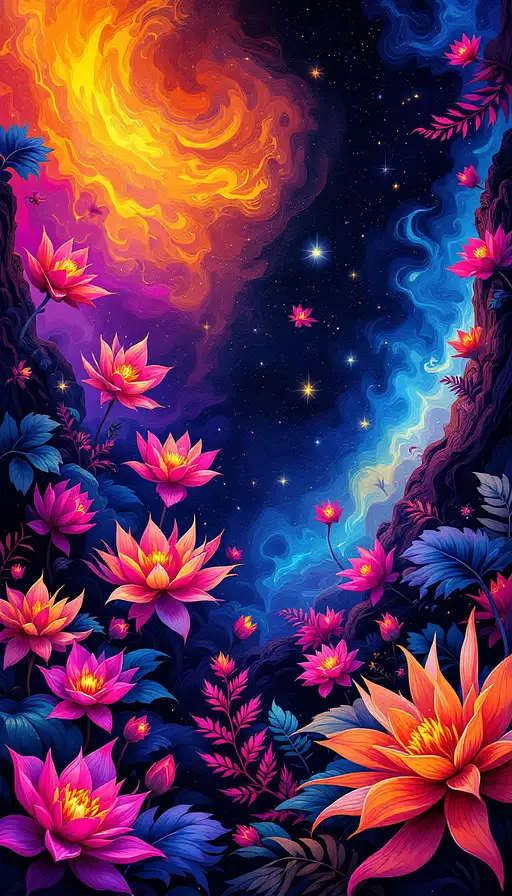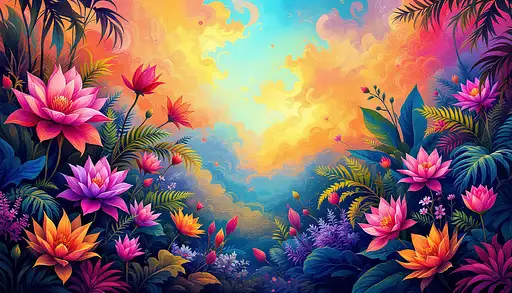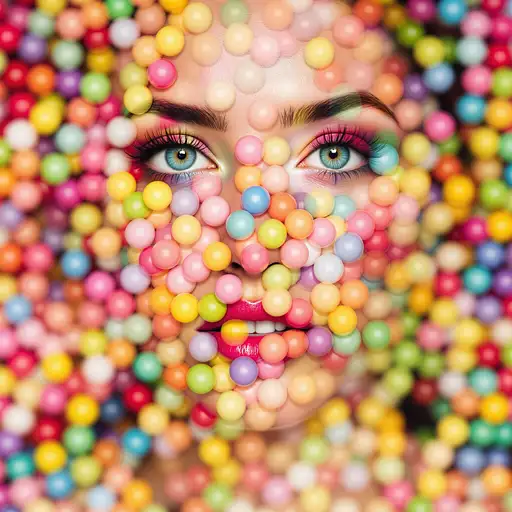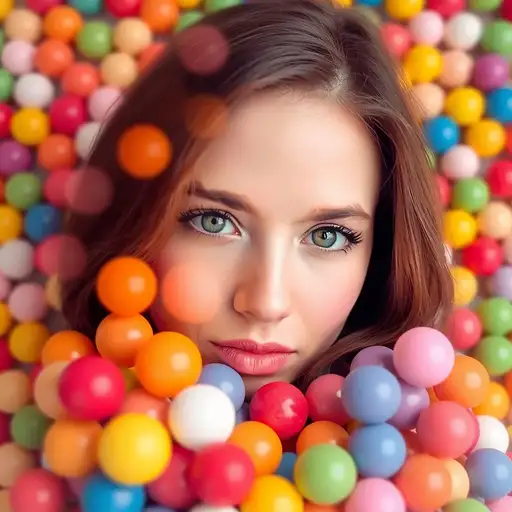7 months ago
Create a breathtaking and evocative double-exposure oil painting that beautifully captures the profound bond between humanity and nature, using the iconic imagery of Gorillas in the Mist. The painting should focus on the rich emotional depth of the gorillas and the lush, mist-covered landscape of the Congo, blending these elements in a way that symbolizes both the mystery of the jungle and the majesty of these endangered creatures.
The central figure of the painting should be a majestic gorilla—painted with intricate detail to reflect the animal’s strength, intelligence, and vulnerability. Its face should be filled with quiet intensity, wisdom, and an almost human-like quality, conveying its deep emotional resonance. The gorilla’s eyes should be the focal point, expressive and full of emotion, perhaps suggesting the struggle for survival, a call for preservation, or an understanding of the delicate balance between nature and human interference. The double-exposure effect should allow the environment to emerge within its form, creating a stunning fusion of the animal and its misty, green habitat.
The mist itself should flow through the gorilla’s body and face, creating an ethereal atmosphere that invokes the deep, mysterious quality of the jungle. Soft, translucent layers of paint should be used to capture the wisps of fog, blending into the contours of the gorilla’s powerful form. The mist should not only symbolize the natural environment but also reflect the presence of the unseen—the unseen dangers, the spiritual connection between the gorilla and the jungle, and the ongoing battle to protect these creatures from extinction.
Surrounding the gorilla, the dense, vibrant foliage of the rainforest should be depicted in rich, lush greens, with hints of deep browns and subtle touches of vibrant wildflowers. Vines, leaves, and branches can emerge from the mist, merging with the gorilla’s figure, creating the sensation that it is a part of the jungle, and vice versa. The interplay of light and shadow within the leaves and the mist should evoke a sense of both serenity and mystery, with rays of sunlight filtering through the trees, casting soft, glowing highlights on the gorilla’s fur and the surrounding vegetation.
The background should suggest both the wildness and fragility of the gorilla’s environment. Darker shades of green and brown can illustrate the dense canopy, while lighter, misty shades should evoke the sense of isolation and vulnerability. In the double-exposure technique, glimpses of the jungle’s wildlife—perhaps a subtle hint of a bird or a distant silhouette of another gorilla—can appear within the mist, symbolizing the delicate interconnectedness of life within the forest ecosystem.
The color palette should shift between dark and light—rich earth tones that evoke the depth and complexity of the jungle, paired with the light, airy mist that suggests hope, fragility, and the need for preservation. The mist itself should be painted with fluid brushstrokes that contrast with the more textured rendering of the gorilla, creating a sense of life and motion in both the animal and its environment.
This painting should not only represent the beauty and majesty of the gorillas but also serve as a powerful call for conservation. Through the double-exposure technique, it should blur the lines between the animal and its habitat, illustrating the inseparable bond between the two and the urgent need to protect these magnificent creatures from the encroaching threats of human activity.
The result should be a masterpiece that blends realism with abstraction, capturing the raw, emotional beauty of the gorillas, the mystique of their environment, and the call for preservation. The viewer should feel immersed in this tranquil yet fragile world, experiencing the emotional weight of the subject matter while marveling at the intricacy and beauty of the painting itself

